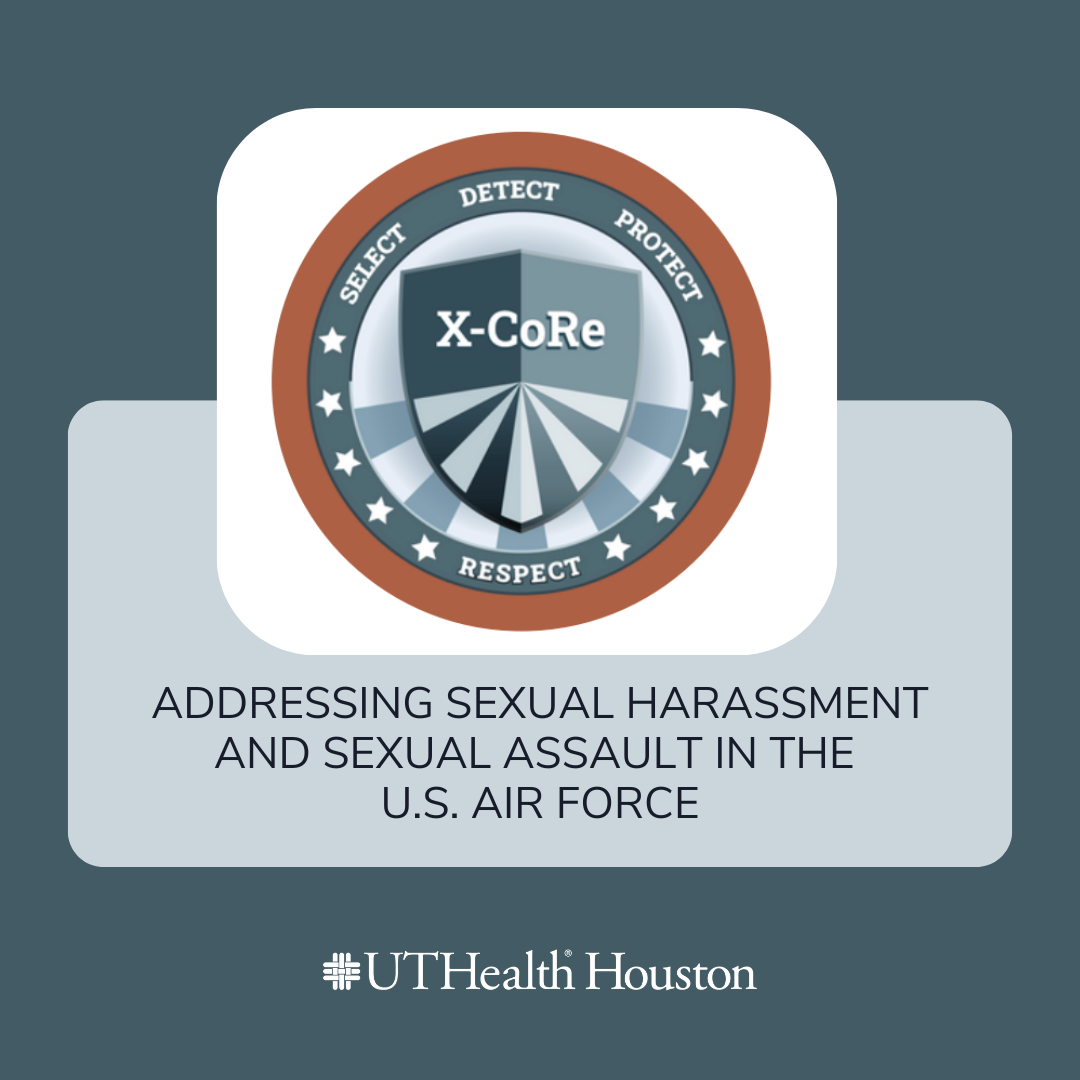Policy Briefs
-

Gun Storage
In the US, one gun is stolen from a car every nine minutes, with vehicle-based thefts accounting for over half of gun thefts in 2022. Research shows a sharp increase in firearm thefts over the past decade, specifically from vehicles. The growing vehicle gun theft trend coincides with increased gun purchases during the COVID-19 pandemic and has serious implications for public safety. Stolen firearms often circulate into illegal markets and contribute to crimes, including assaults and shotings. Safe storage of firearms whether in safe or lockbox—especially in vehicles—has emerged as an important aspect of gun violence prevention.
-

Dating Violence
Dating violence (DV) refers to physical, sexual, and/or psychological violence between two people in an intimate or romantic relationship. It is a critical public health concern due to its prevalence and negative health outcomes such as adverse physical and mental health outcomes across the lifespan. Several risk factors contribute to DV, such as substance misuse, family violence, and peer violence.
-

Health Disparities Among Shrimpers in the Gulf Coast
Description goes here The PEOPLE Centered Lab at UTHealth Houston sought to address a vacuum in research and identify appropriate preventive interventions. Semi-structured interviews, focus groups, and workplace observations were conducted with shrimpers in southeast Texas and the Rio Grande Valley (RGV) between April 2021 and September 2022 to examine their behaviors, interactions, and risk factors. Most participants in southeast Texas were Vietnamese refugees, while most participants in the RGV wereMexican citizens using H-2B visas (6- to 9-month, temporary work visas).
-

Technology-Based Advocacy Services
Hotlines, in both phone and digital (chat and text) formats, are critical first points for survivors of intimate partner violence (IPV), sexual assault (SA), and human trafficking (HT) to access information and support, mitigate violence impacts, and improve safety. Despite recent increasing use of chat and text for hotlines in community-based agencies serving survivors of violence, there has been little research on the outcomes and participant experiences of digital hotline modalities. The project goals of Evaluation of Technology-based Advocacy (ETA) Phase Two were to 1) expand the evidence-base on the use and implementation of digital hotline advocacy services, including indicators of model fidelity, cost, and service needs; 2) assess the short and long-term outcomes of digital hotline for victims of IPV, SA, and HT; and 3) understand the impact of COVID-19 on the delivery of digital hotline services to aid future disaster and emergency planning. To conduct this study, we partnered with two large Texas community-based organizations serving survivors of IPV, SA, and HT.
-

Sexual Harassment and Sexual Assault in the U.S. Air Force
Sexual harassment (SH) and sexual assault (SA) are serious public health problems among U.S. service members. SH involves unwelcomed sexual advances, requests for sexual favors, and deliberate sexual comments or gestures [1]. SA refers to intentional sexual contact through force, threats, intimidation, abuse of authority, or lack of consent [1]. SA occurs most often between junior enlisted service members who are peers and are often considered friends [2]. In the military, risk factors for SA include workplace hostility [2], command climates receptive to SH [2,3], and cultural norms [3-5].Nearly 29,000 service members experienced some form of unwanted sexual contact in 2023 [1].Compared with rates of SA reported by civilians, those among service members are as high or higher[4]. SH and SA have severe physical and psychological effects that can impact mission readiness [6].
-

Texas Violence and Injury Prevention Showcase
On February 27, 2025, VIPR and Safe States Alliance co-hosted the Texas Violence and Injury Prevention Showcase in Austin to highlight the impact of federally and state-funded prevention programs. Representatives from VIPR, Baylor College of Medicine, Texas Children’s Hospital, and the Texas Association Against Sexual Assault shared their initiatives. Thirty attendees participated in networking and discussions aimed at advancing injury and violence prevention across Texas.
-

Relationships Education and Adolescent Health
School-based programs that promote healthy relationships can effectively prevent interpersonal violence.
